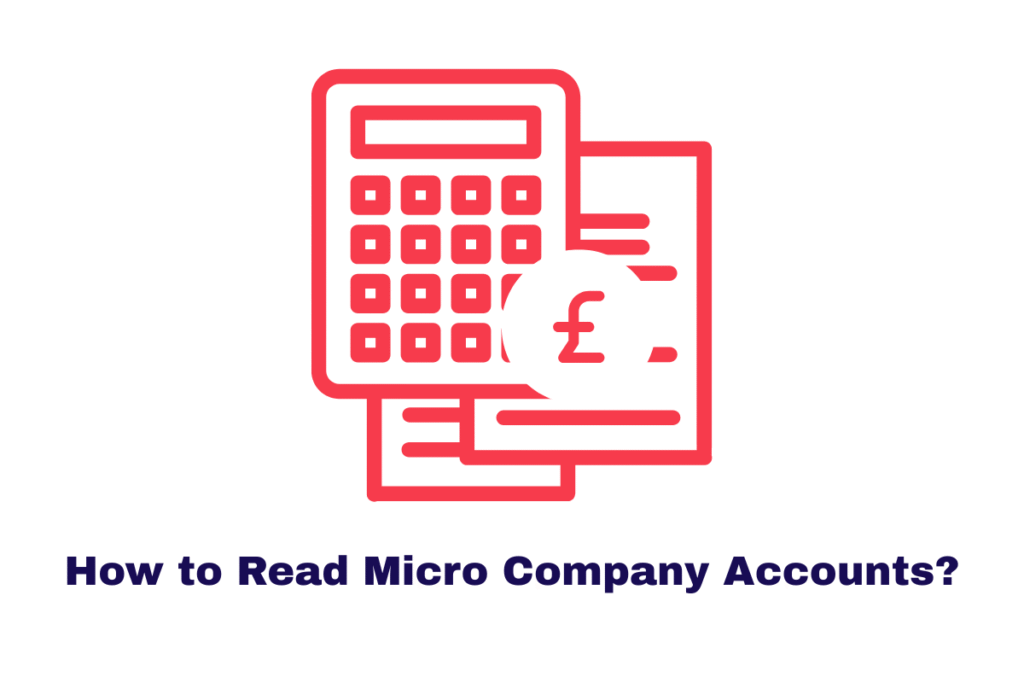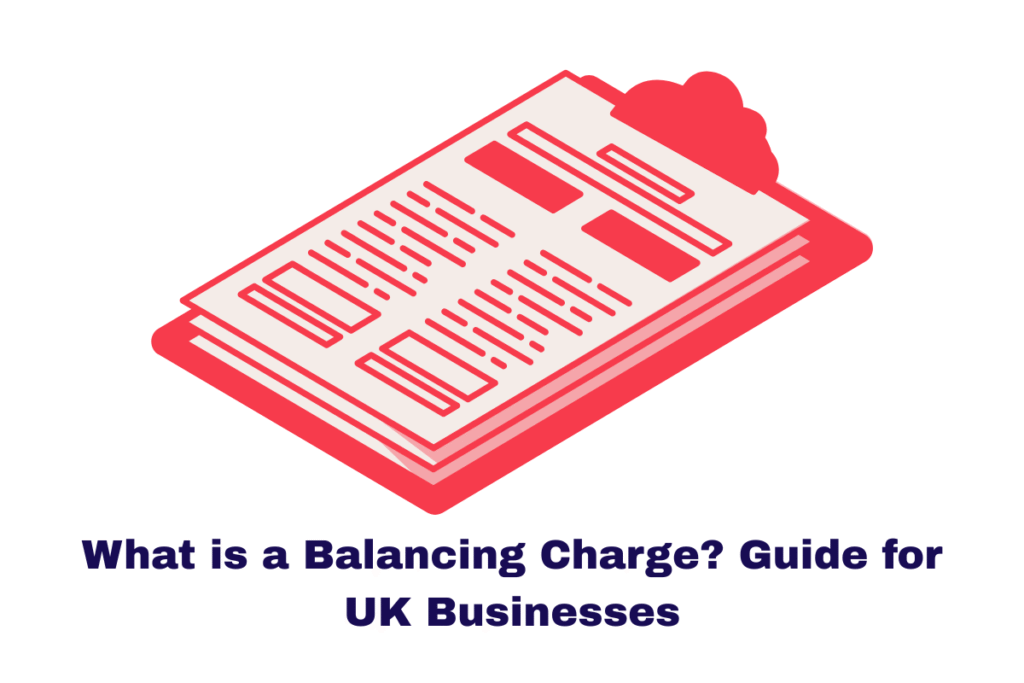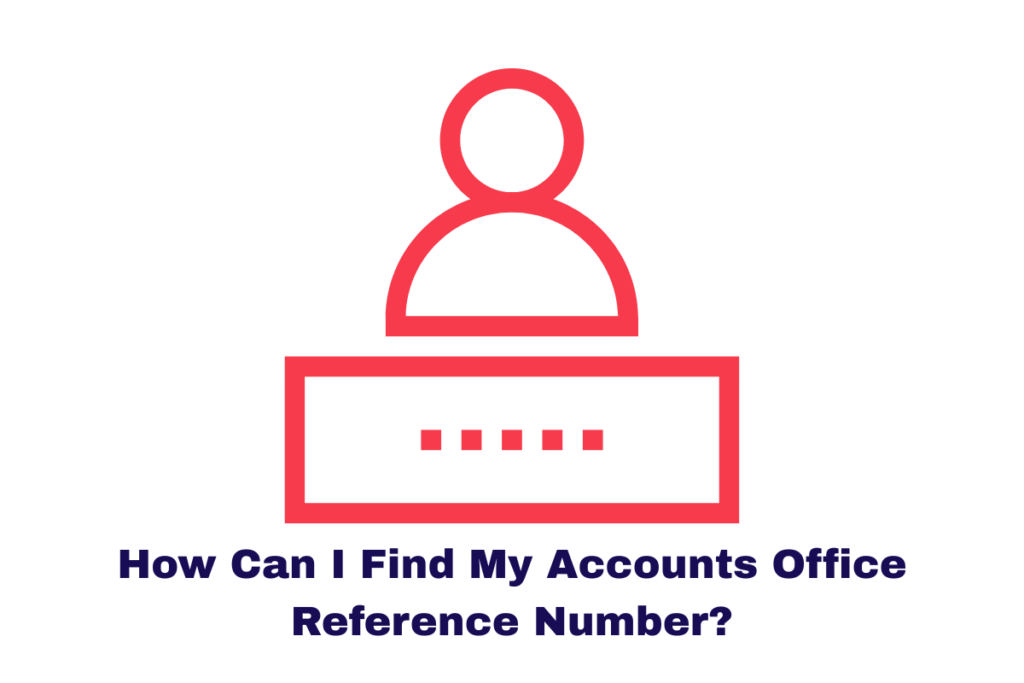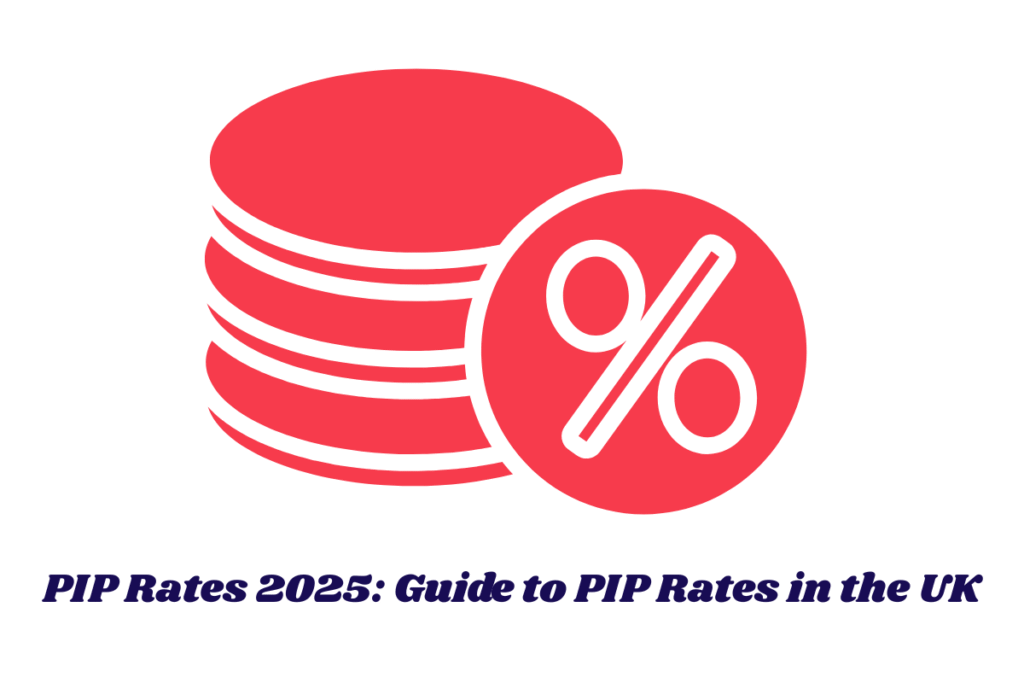Micro company accounts are the simplified statutory financial statements filed by Micro Entities in the UK, designed for small businesses with limited turnover, assets, and employees.
These accounts include a balance sheet, profit and loss statement, and notes that summarise key financial figures such as revenue, net profit, liabilities, and shareholder equity.
Reading micro company accounts allows directors and business owners to assess financial health, monitor cash flow, identify cost-saving opportunities, and make informed growth decisions.
With clear guidance on interpreting figures, ratios, and accounting notes, this guide transforms your Companies House filings from opaque compliance documents into actionable business insights.
Examples of micro entities include small consultancy firms, independent retailers, and limited liability startups that qualify under UK Companies House thresholds.
What Are Micro Company Accounts?
Before we dive into the ledger itself, let’s establish who can file these simplified accounts. The Micro-entities Regime, introduced under the Companies Act 2006, allows the smallest UK companies to prepare and file minimal accounts, substantially reducing the administrative burden and public disclosure requirements.
Criteria for Micro Entity Accounts
To qualify as a Micro Entity (and thus be eligible to file Micro Entity Accounts under the Financial Reporting Standard for Micro-Entities, known as FRS 105), your company must meet at least two of the following criteria for two consecutive financial years:
| Criterion | Threshold |
| Turnover | No more than £1M |
| Balance Sheet Total (Assets) | No more than £500,000 |
| Average Number of Employees | No more than 10 |
Certain companies are specifically ineligible to file Micro Entity Accounts, including charitable companies, public limited companies (PLCs), and companies that are part of an ineligible group (such as a subsidiary). You can find the full eligibility requirements on the official government website.
The Benefit of Simplification: What Do Micro Company Accounts Show?
The main benefit of filing Micro Company Accounts is the minimal level of detail required for the public record at Companies House.
For a standard small company, a full set of statutory accounts must be prepared. A Micro Entity, however, can file an abridged Balance Sheet and very limited accompanying notes.
Crucially, Micro Entity Accounts prepared and filed under FRS 105 do not show turnover on the public record.
While the company must track turnover for tax purposes and to meet the eligibility threshold, the abridged accounts filed publicly only include a simplified Balance Sheet for Micro Entity. This is a significant factor in business privacy.
Why You Need to Know How to Read Micro Company Accounts
Understanding how to read micro company accounts allows you to:
- Assess financial stability (liquidity, solvency)
- Spot trends (revenue growth, rising costs)
- Identify red flags (negative reserves, unexplained liabilities)
- Inform tax strategy, budgeting, and investment decisions
These insights can empower stakeholders, shareholders, lenders, tax advisors, and company directors alike.
You can also read our more guides on Personal Tax:
What is a Sole Proprietorship? Things You Should Know
How Much Will I Pay Tax on Bonus in the UK?
The Abridged Balance Sheet for Micro Entity
The Balance Sheet for Micro Entity is the single most important document you must learn to read.
It represents the company’s financial position at a single specific point in time, the last day of your financial year. It operates on the fundamental accounting equation:
Here is a breakdown of the key lines you will find, and what they mean to your business.
1. Fixed Assets (Non-Current Assets)
These are items of value that the company owns and expects to use for more than one year. They are held to generate long-term income, not for short-term sale.
-
Tangible Assets: Physical assets like machinery, equipment, vehicles, and long-term property (e.g., your office building). In Micro Company Accounts, these are reported at their historical cost less any depreciation.
-
Intangible Assets: Non-physical assets like goodwill, patents, or capitalised development costs.
-
Investments: Long-term investments in other companies.
Expert Insight: Unlike larger companies, Micro Entity Accounts prepared under FRS 105 must use the historical cost accounting rules (meaning assets are recorded at their original purchase price) and cannot use the revaluation model. This is a simplification but may understate the true market value of assets like property.
2. Current Assets
These are assets that are expected to be converted into cash, sold, or consumed within one year.
-
Stocks: The value of goods held for sale, or raw materials for production.
-
Debtors: Money owed to the company by its customers (sales invoices not yet paid). This is critical for assessing cash flow.
-
Cash at Bank and In Hand: The total liquid funds available to the business at the balance sheet date.
3. Creditors: Amounts Falling Due Within One Year (Current Liabilities)
This is the money the company owes to others that must be paid within the next 12 months.
-
Trade Creditors: Money owed to your suppliers.
-
Taxation and Social Security: Payments due for Corporation Tax, VAT, and PAYE/National Insurance.
-
Bank Overdrafts/Short-Term Loans: Any borrowing that is repayable within a year.
4. Net Current Assets (Liabilities)
This is a subtotal calculated as: Current Assets minus Current Liabilities.
-
A positive figure means your company has more liquid assets than short-term debts, indicating a healthy working capital position.
-
A negative figure can signal short-term liquidity problems, meaning you may struggle to pay your immediate debts, though this needs to be viewed in context with the entire statement.
5. Total Net Assets (Liabilities)
This is the final net worth of the company and is the sum of Fixed Assets plus Net Current Assets (or minus Net Current Liabilities).
6. Capital and Reserves (Shareholders’ Funds)
This final section shows how the Total Net Assets are financed. This figure must always equal the Total Net Assets from the previous step, satisfying the accounting equation.
-
Called Up Share Capital: The total nominal value of shares issued to the owners.
-
Share Premium Account: The amount by which the share issue price exceeded the nominal value.
-
Profit and Loss Account (Retained Earnings): The cumulative profit the company has made since it started trading, less any dividends paid out. This is the most dynamic figure; a growing figure here indicates profitable trading over time.
How to Read a Small Business Balance Sheet
Simply listing the items isn’t enough; true interpretation involves comparative analysis, comparing the current year’s figures to the prior year’s.
Reading the Financial Health (The Balance Sheet in Action)
-
Liquidity: The company’s ability to meet its short-term obligations.
-
Compare Current Assets to Current Liabilities. If Current Assets are significantly greater, the company is highly liquid. A rapid decline in cash alongside a rise in Creditors: amounts falling due within one year is a major red flag.
-
-
Solvency: The company’s long-term ability to meet its total debts.
-
Examine the ratio of total liabilities (short-term and long-term) to Total Net Assets. A healthy company’s assets should significantly outweigh its total liabilities.
-
-
Growth: The growth of the company’s retained earnings.
-
Look at the movement in the Profit and Loss Account (Retained Earnings) line. A consistent year-on-year increase indicates that the company is trading profitably and retaining those profits in the business. This demonstrates genuine, sustainable growth, which is critical for securing loans or investment.
-
The Importance of Comparative Figures
When learning how to read accounts for a small company, never look at the current year’s numbers in isolation. The requirement to include comparative figures (the previous year’s totals) allows you to spot trends:
-
Rising Debtors/Falling Cash: Are you selling more, but your customers are taking longer to pay? This is a growing risk to your cash flow.
-
Rising Fixed Assets: Is the company investing for the future by purchasing new equipment or property? This is a positive sign of strategic planning.
-
Sharp Drop in Reserves: Has the company incurred a significant loss in the last year, or paid a large dividend? This warrants further investigation into the trading activities.
The Unseen P&L and The Ledger
Unlike larger entities, the full Profit and Loss (P&L) account does not have to be filed publicly by a Micro Entity. However, a full P&L is always prepared for the directors, for HMRC/Corporation Tax filing, and for internal management.
Do Micro Entity Accounts Show Turnover?
As established, the public filing does not show turnover. This is a major factor in protecting business data from competitors.
However, the internal P&L statement, which you and your accountant use, is vital for understanding performance. It follows a simple structure:
By comparing the gross profit margin and operating profit margin across years, you gain deep insights into business efficiency: is the cost of raw materials rising faster than your sales price?
Are administrative costs (like staff or rent) becoming disproportionately high relative to sales? This is the true meaning of What do micro company accounts show internally.
How to Read a Company Ledger
The Company Ledger, or general ledger, is the source of truth for all the figures that end up in the accounts. It is a detailed record of every financial transaction, categorised into various accounts (e.g., Sales, Rent, Electricity, Debtors).
When an accountant prepares how to prepare micro entity accounts, they pull the summarised balances from the ledger.
To truly investigate a figure in the accounts, say, a sudden jump in staff costs, you would go back to the source: the Staff Costs ledger account, which shows the date, description, and amount of every transaction that makes up the final figure.
Understanding the ledger is key to finding the story behind the summarised numbers in the statutory accounts.
Notes and Disclosures
For simplicity, a Micro Entity has minimal disclosure requirements compared to a small or large company. The necessary information is often included at the foot of the Balance Sheet for Micro Entity rather than in separate notes.
Mandatory Disclosures at Companies House
When you file at Companies House, your Micro Company Accounts will include:
-
Statement of Compliance: A prominent statement that the accounts have been prepared in accordance with the provisions applicable to companies subject to the Micro Entity Accounts regime.
-
Director’s Statement: The Balance Sheet must be signed by a director, confirming the accounts have been approved by the board.
-
Specific Commitments: Details regarding any significant guarantees or financial commitments not included in the Balance Sheet for Micro Entity, and details of advances and credits granted to directors.
The FRS 105 Framework
The entire set of Micro Entity Accounts is prepared under the Financial Reporting Standard (FRS) 105. This standard dictates the accounting policies that must be used. For a micro-entity, this means:
-
No requirement to prepare a cash flow statement.
-
Fixed assets must be measured at cost less depreciation, prohibiting revaluation.
-
Very limited disclosures, ensuring maximal privacy for the Micro Entity Accounts.
Summary of How to Read Micro Company Accounts
- Verify Micro‑Entity Status
Confirm the company meets at least two thresholds for turnover, assets, or headcount (HMRC)
- Start with the Balance Sheet
Analyse liquidity (current assets vs liabilities) and solvency (total liabilities vs equity).
- Assess Shareholders’ Funds
Consistent positive equity indicates financial strength; declining equity may be a red flag.
- Compare Year‑on‑Year
Spot trends: Is turnover growing? Are costs outpacing revenue?
- Review Profit & Loss Detail
Monitor margins and look for unusual expense items.
- Read the Notes Carefully
Look for unusual accounting policies, one-off items, or explanations that impact interpretation.
- Calculate Key Ratios (Optional)
- Current ratio = Current Assets / Current Liabilities
- Debt-to-equity = Total Liabilities / Equity
- Current ratio = Current Assets / Current Liabilities
These ratios further clarify the company’s financial position.
Filing & Amendments
Micro-entities file abbreviated statements using form AA02 (filleted accounts). For corrections, submit revised accounts via Companies House (online or paper). Make sure they remain accurate and transparent.
Limitations of Micro Company Accounts
Micro-entity accounts have limitations:
- No detailed income breakdowns
- No cash flow statement
- Limited narrative or commentary
- No requirement for directors’ or auditor’s report (if profit & loss omitted)
Always consider these limitations and gather additional information if needed.
Latest Updates in Reporting Regime
- As at 6 April 2026, thresholds for micro-entity status increased due to inflation (HMRC)
- Mandatory filing of profit & loss accounts began recently
- Accounts must adhere to FRS 105, the applicable GAAP standard
Practical Red Flags to Spot
- Recurring negative equity
- Rising liabilities without an increase in assets
- Sudden large one-off expenses
- Unusual accounting policies
- Omission of profit & loss from filings
Spotting these early can prompt timely intervention or advice.
The Bottom Line
Learning how to read a small business balance sheet is perhaps the most important skill an entrepreneur can acquire. The simplified nature of Micro Company Accounts offers an opportunity, not a hindrance.
By understanding the core components, Fixed Assets, Current Assets, Liabilities, and your essential Profit and Loss Account (Retained Earnings), you can assess working capital, long-term solvency, and capital growth.
The key takeaway is that the public-facing Micro Company Accounts are a minimal compliance document, designed to protect your privacy by omitting turnover and detailed notes.
The real power lies in the full internal accounts, which you and your qualified UK accountant use to guide your business strategy.
Whether you’re assessing capital investment needs, managing short-term cash flow, or preparing to apply for finance, your Micro Company Accounts are the unedited story of your business’s success and challenges.
Understanding the story they tell is the first step to writing your next profitable chapter.
If you are unsure about meeting the Micro Company Accounts criteria or who can file micro entity accounts, always consult a chartered UK accountant for precise guidance, especially concerning the upcoming threshold changes.
A professional can also provide a detailed, line-by-line breakdown to show you how to read a company ledger and ensure your internal accounts are fully reconciled.
The content provided on TaxCalculatorsUK, including our blog and articles, is for general informational purposes only and does not constitute financial, accounting, or legal advice.
You can also visit HMRC’s official website for more in-depth information about the topic.











